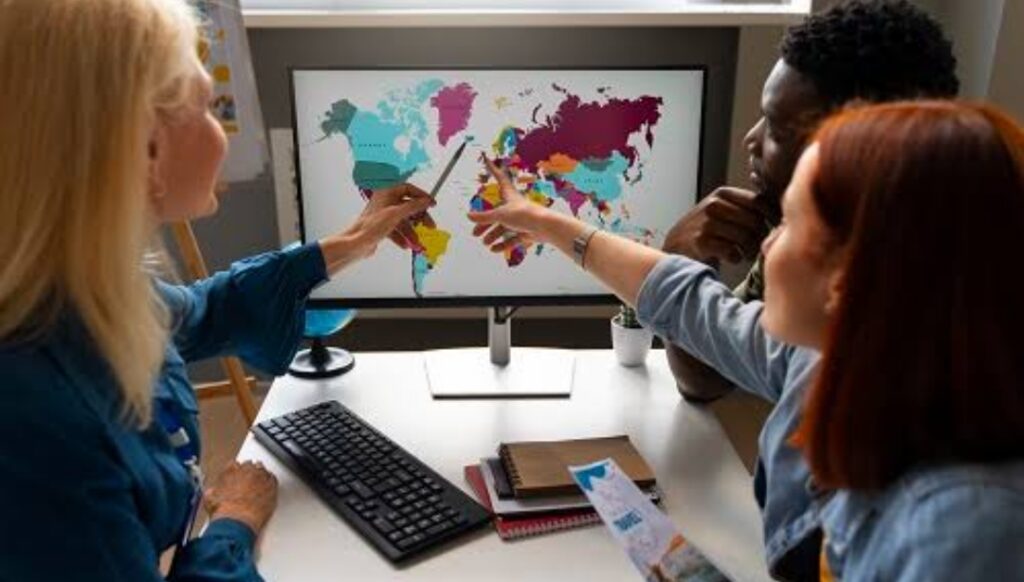In today’s interconnected world, effective communication across language barriers has become more crucial than ever. An accurate translator plays a pivotal role in bridging these gaps, ensuring that messages are conveyed precisely and meaningfully between different languages. Whether in business, healthcare, education, or diplomacy, the need for accurate translation services is evident and growing.
The Role of an Accurate Translator
An accurate translator is essential for clear and effective communication. Unlike basic translation tools that might offer word-for-word translations, an accurate translator understands the nuances, context, and cultural significance behind the words. This deeper level of comprehension ensures that the translated message retains its original intent and impact.
For instance, in the legal field, a mistranslation could lead to significant misunderstandings or even legal disputes. Similarly, in medical contexts, the precise translation of patient records, prescriptions, and medical histories can be a matter of life and death. Thus, the accuracy of translations in these fields is not just beneficial but critical.
The Impact on Business
In the business world, the stakes for accurate translation are incredibly high. As companies expand into international markets, the need to communicate effectively with local customers, partners, and stakeholders becomes imperative. Marketing materials, contracts, product descriptions, and customer support communications must all be accurately translated to maintain brand integrity and avoid costly misunderstandings.
An accurate translator helps businesses localize their content, adapting it to fit the cultural and linguistic nuances of the target market. This process, known as localization, goes beyond mere translation, ensuring that the content resonates with the local audience, adheres to cultural norms, and complies with local regulations. A successful localization strategy can significantly enhance a company’s global reach and reputation.
Technology and Translation
With advances in technology, machine translation tools have become increasingly sophisticated. However, while these tools can be useful for basic translations and providing a general sense of the content, they often fall short when it comes to accuracy and context. Artificial intelligence and machine learning models, despite their rapid development, still struggle to fully understand and replicate the subtleties of human language.
Professional human translators remain indispensable, especially for complex and nuanced texts. These experts not only translate words but also interpret the underlying meaning and context, ensuring that the translation is both accurate and culturally appropriate. The collaboration between human translators and technology can enhance the efficiency and accuracy of translation services, but the human touch remains irreplaceable.
The Cultural Significance of Accurate Translation
Language is deeply intertwined with culture. An accurate translator must be culturally aware and sensitive to ensure that translations do not just convey the literal meaning but also respect and reflect the cultural context of the source material. Cultural misinterpretations can lead to embarrassing or even offensive mistakes, which can damage relationships and reputations.
For example, marketing campaigns that fail to consider cultural differences can result in blunders that alienate the target audience. An accurate translator helps avoid these pitfalls by providing culturally nuanced translations that resonate with the audience and uphold the integrity of the original message.
Challenges in Achieving Accurate Translation
Achieving accurate translation is not without its challenges. One significant challenge is the inherent differences between languages. Some concepts and expressions in one language may have no direct equivalent in another, requiring the translator to find creative ways to convey the same meaning. Additionally, idioms, slang, and regional dialects add layers of complexity to the translation process.
Another challenge is maintaining consistency across translations, especially for large-scale projects or multilingual campaigns. Using a consistent terminology and style is crucial for preserving the message’s integrity across different languages. This is where translation management systems and glossaries can be valuable tools for professional translators.
The Future of Translation
As globalization continues to accelerate, the demand for accurate translation services will only grow. The future of translation lies in the integration of advanced technology with human expertise. Machine translation tools will continue to improve, providing faster and more cost-effective solutions for basic translation needs. However, the role of professional translators will remain vital for ensuring accuracy, cultural relevance, and context-sensitive translations.
Investment in training and development for translators, as well as advancements in translation technology, will be key to meeting the evolving demands of global communication. Moreover, fostering a deeper understanding of cultural nuances and linguistic diversity will be essential for translators to continue delivering accurate and impactful translations.
Conclusion
In conclusion, the importance of an accurate translator cannot be overstated in our globalized world. Accurate translation is essential for effective communication, business success, and cultural understanding. While technology offers valuable tools to support the translation process, the expertise and cultural awareness of human translators remain irreplaceable. As we move forward, the collaboration between technology and human translators will be crucial in overcoming the challenges and seizing the opportunities in the world of translation.

